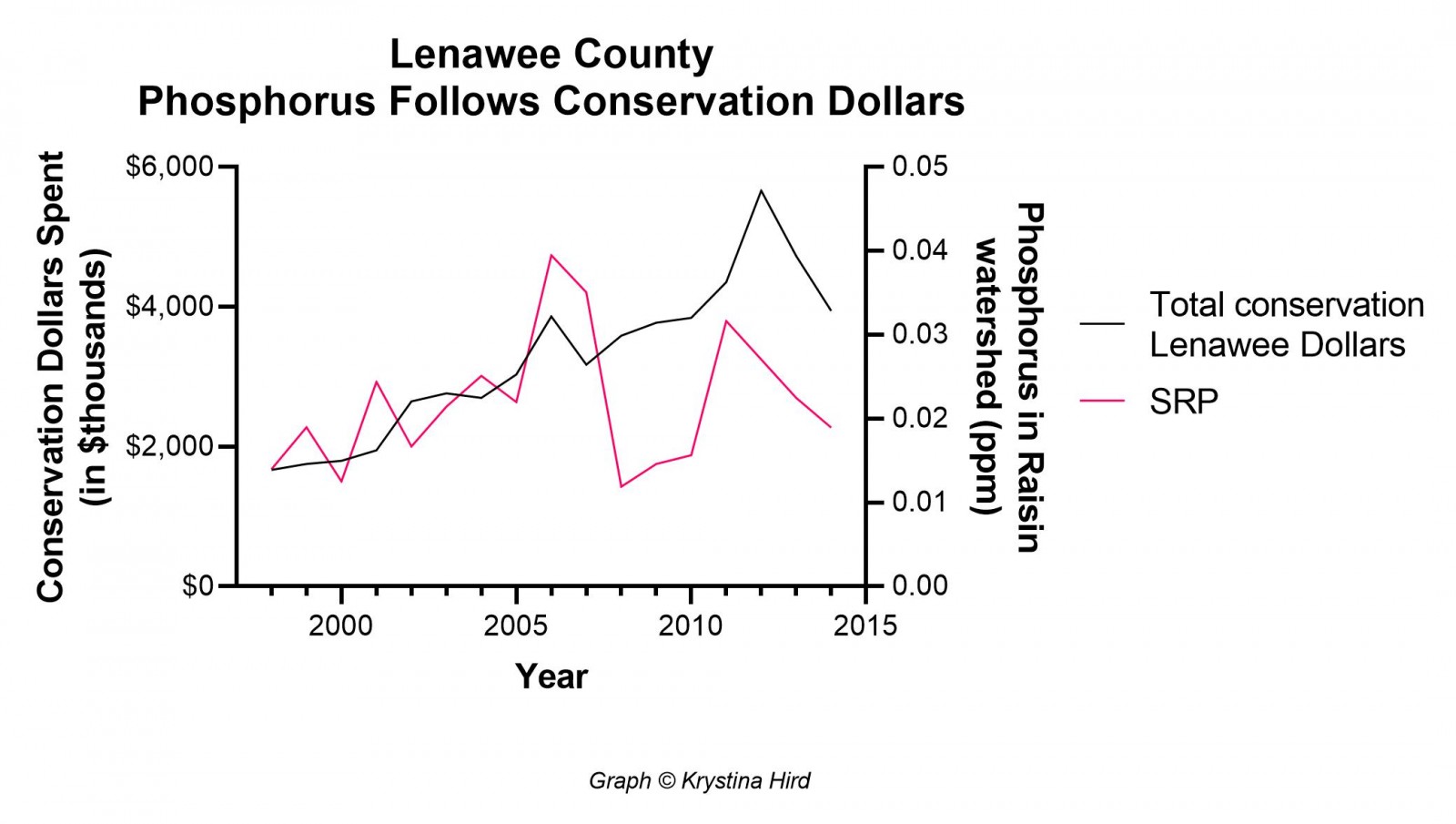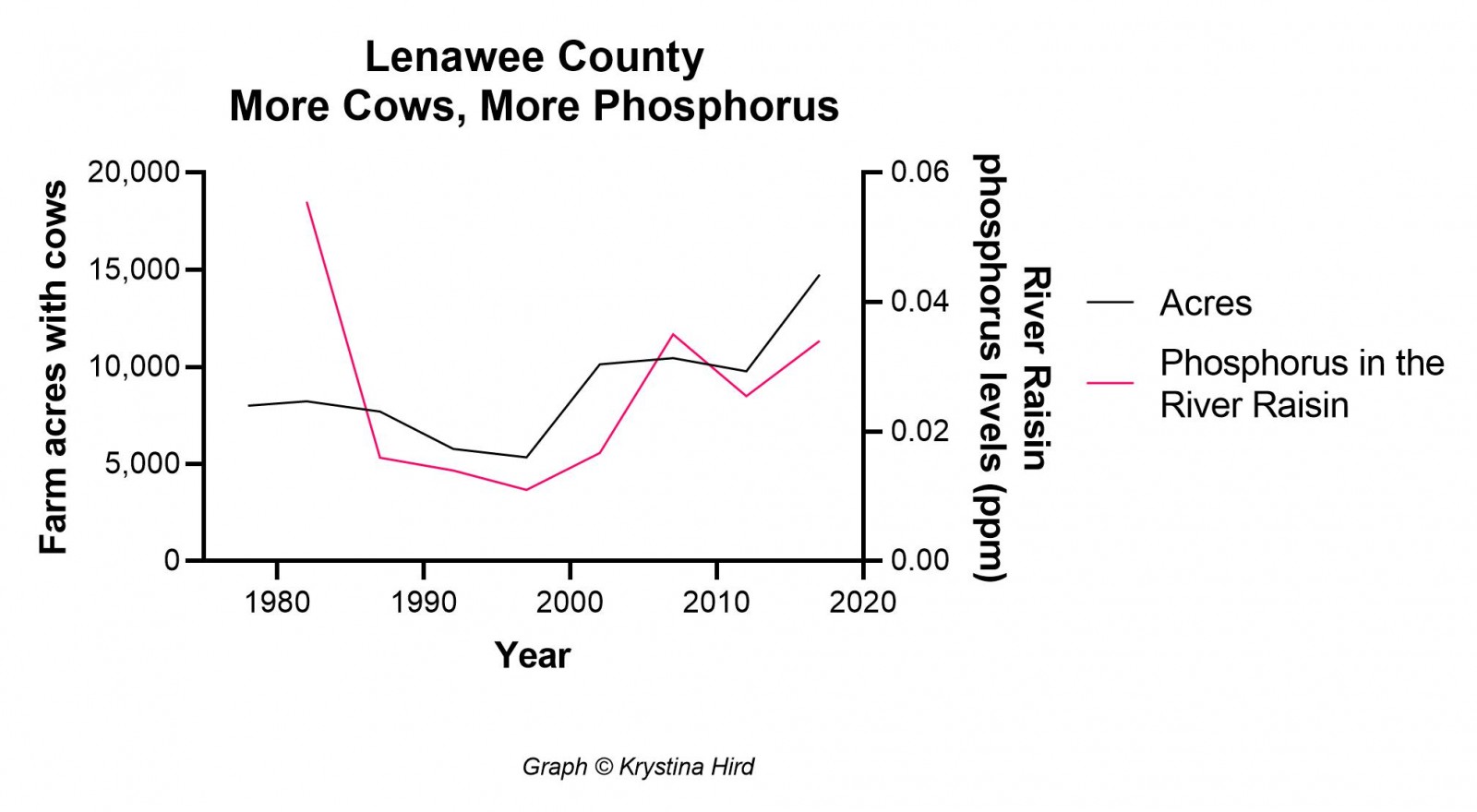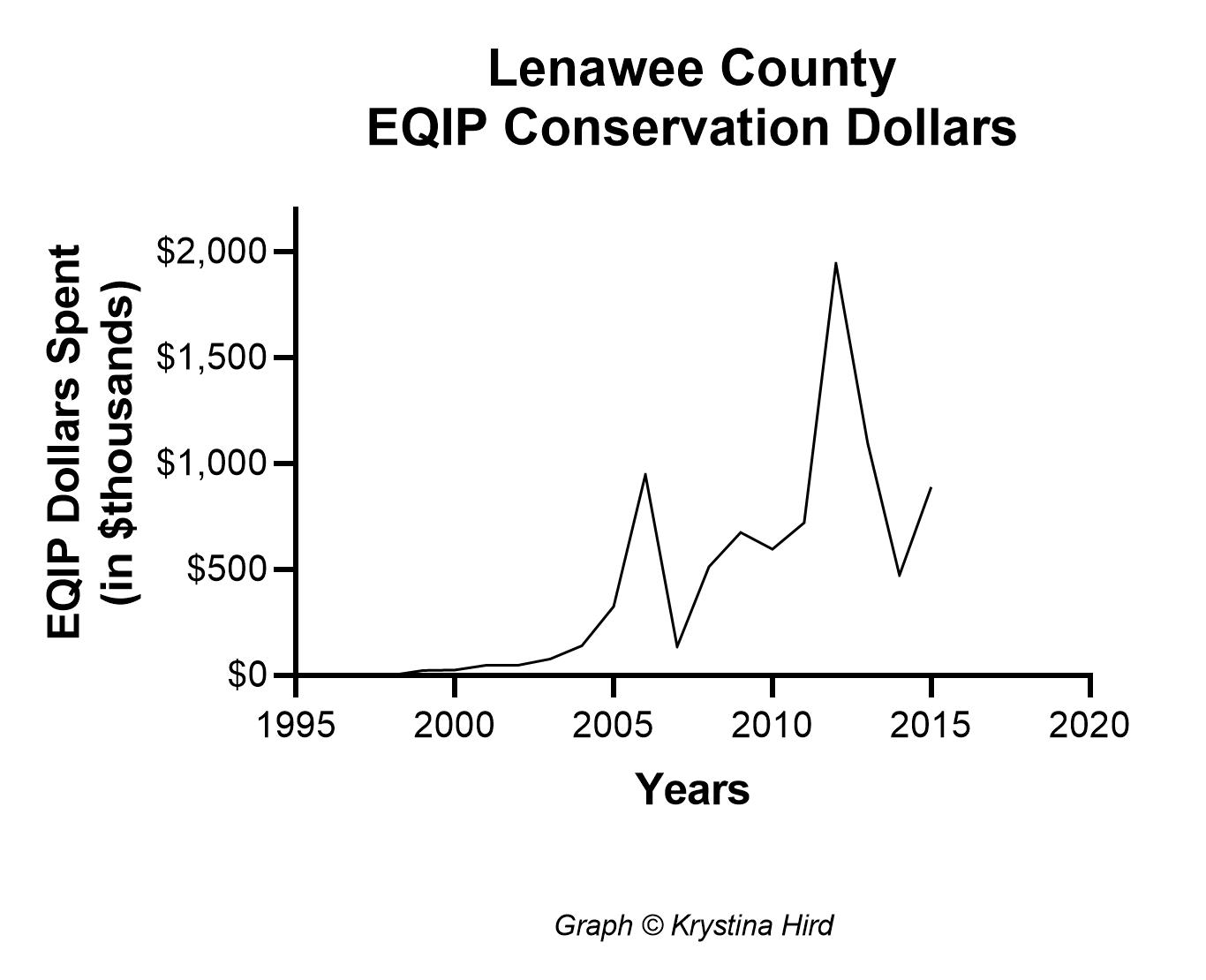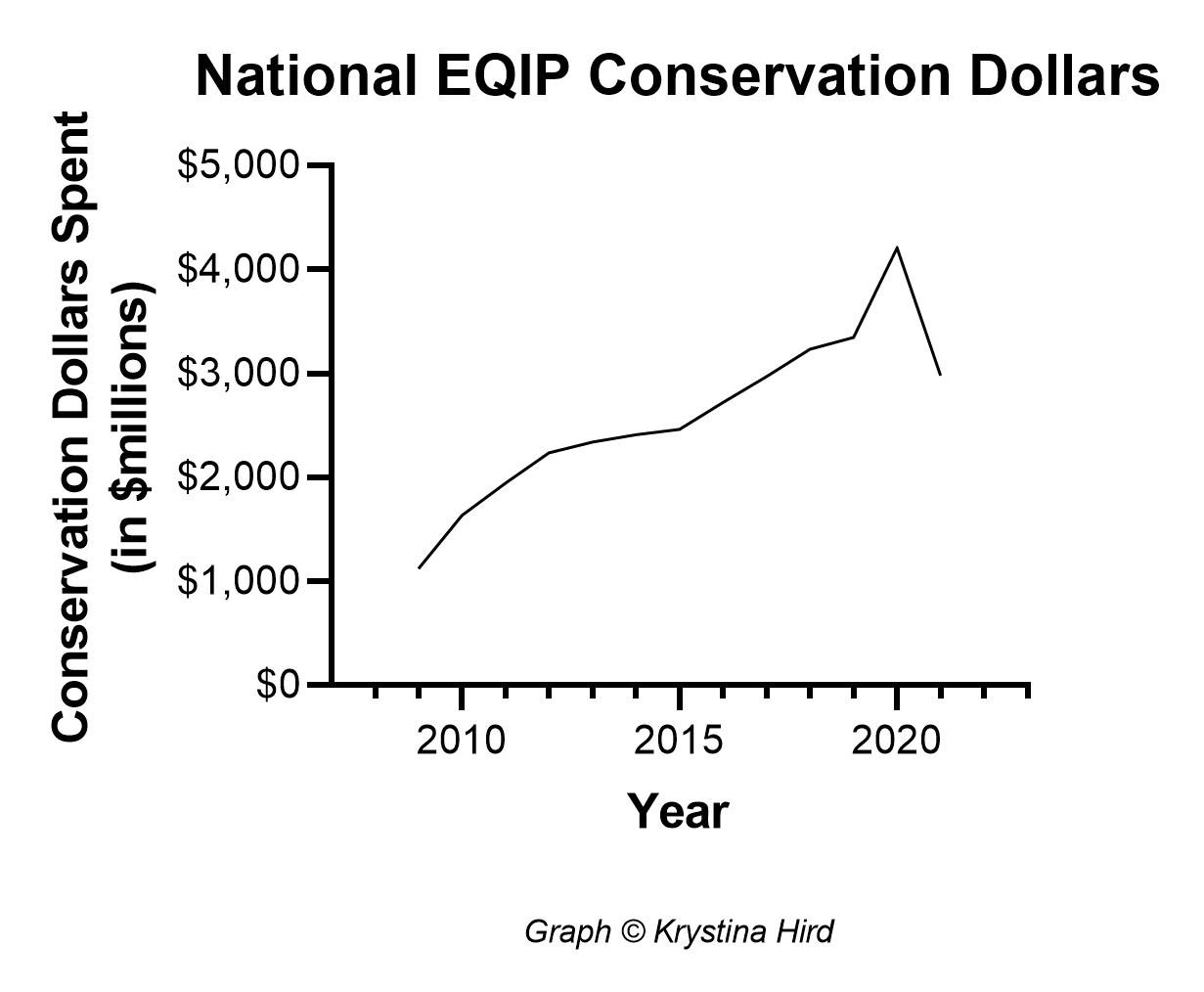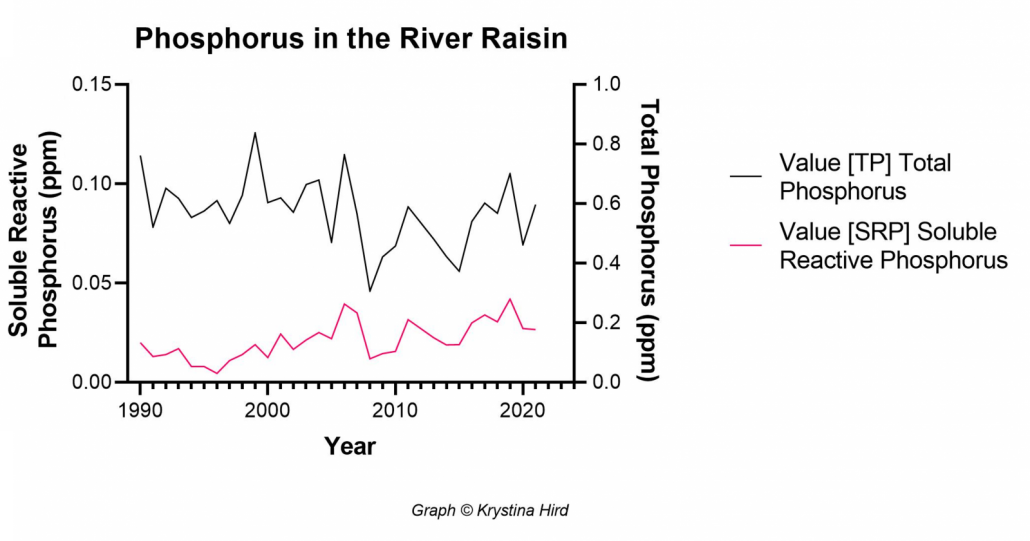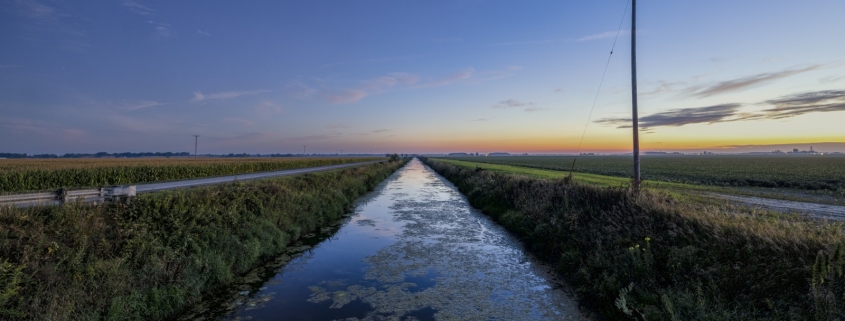 https://www.circleofblue.org/wp-content/uploads/2022/09/2022-08-19-Michigan-Thumb-JGanter-4852-Edit-2500.jpg
1067
1600
Keith Schneider
https://www.circleofblue.org/wp-content/uploads/2018/06/Circle-of-Blue-Water-Speaks-600x139.png
Keith Schneider2022-09-08 07:33:592023-02-02 15:08:49Danger Looms Where Toxic Algae Blooms
https://www.circleofblue.org/wp-content/uploads/2022/09/2022-08-19-Michigan-Thumb-JGanter-4852-Edit-2500.jpg
1067
1600
Keith Schneider
https://www.circleofblue.org/wp-content/uploads/2018/06/Circle-of-Blue-Water-Speaks-600x139.png
Keith Schneider2022-09-08 07:33:592023-02-02 15:08:49Danger Looms Where Toxic Algae BloomsFarms in Six Southeast Michigan Counties Are Major Sources of Lake Erie Toxic Blooms
Water sampling finds no reduction in bloom-producing nutrients.
By Keith Schneider, Circle of Blue
Photographs by J. Carl Ganter, Circle of Blue
September 13, 2022
Second of a six-part series. Read the first story here.
ADRIAN, Mich. – Michigan’s portion of the western Lake Erie basin spans 1.3 million acres in six southeast counties between Detroit and Toledo. It is a pastoral geography of market roads and farmsteads set like islands amid fields of corn. Near its center is Riga Township, home to 1,400 residents and where Pam Taylor’s family has owned a farm for 120 years.
A determined woman with a keen mind, Taylor knows farming, environment, water, minerals, education, and a lot more about Lenawee County where she lives. For much of her career she taught an International Baccalaureate course in information technology, business, and math to high schoolers, some of whom are now friends.
Since retiring 11 years ago Taylor also attracted legions of supporters, and a good many critics, for knowing more about the consequences of large livestock farms, liquid manure, and water pollution than almost anybody else in the state. She’s put that expertise to use as one of the active members of Environmentally Concerned Citizens of South Central Michigan, an all-volunteer activist group that has gained national attention for its work to monitor pollutants in streams close to CAFOs, the large concentrated animal feeding operations in Lenawee.
In a widely read report in 2015 that ECCSCM conducted with the Michigan chapter of the Sierra Club, Taylor revealed for the first time that nearly 700 million gallons of liquid manure was spread annually in the western Lake Erie basin. The tide of waste was generated by animals from 132 CAFOs in Indiana and Ohio. Fourteen more CAFOs operated in southeast Michigan, in Lenawee and neighboring Hillsdale County.
Her finding revealed a major source of phosphorus that drains from farmland and contributed to the harmful algal bloom that shut down Toledo’s drinking water plant for three days the year before. The report also pitched liquid manure to the top of the list of causes of the harmful algal blooms that have inundated the big lake every summer since 2003.
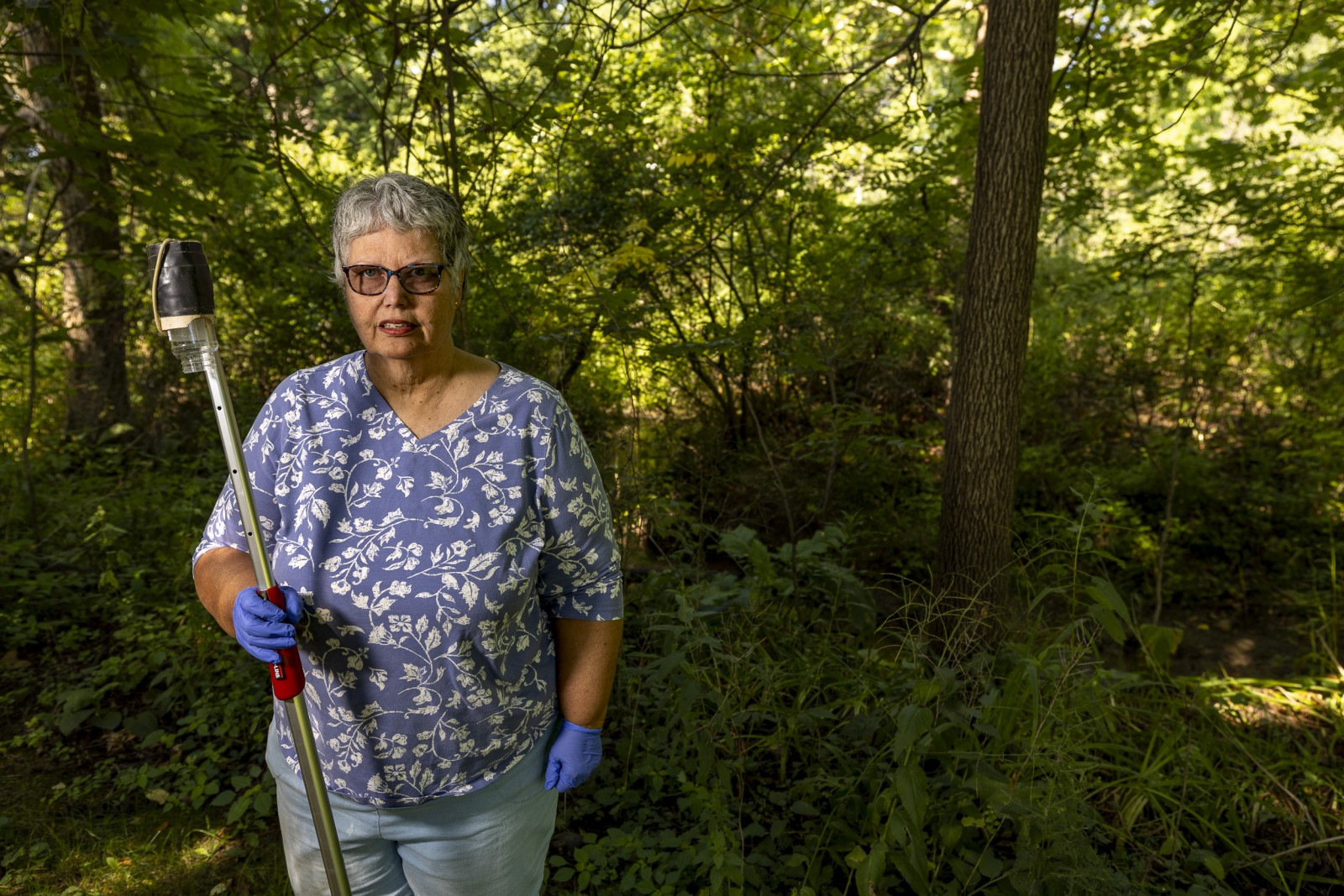
Pam Taylor, a member of Environmentally Concerned Citizens of South Central Michigan, manages one of the country’s largest citizen-led water monitoring programs. Photo © J. Carl Ganter/ Circle of Blue
In 2016 Taylor was awarded the Michigan Environmental Council’s Petoskey Prize, the state’s top honor for grassroots activists, for her meticulous research on CAFOs, and for managing ECCSCM’s water quality monitoring program, which has 56 sampling sites across the county. ECCSCM established one of the most extensive citizen-led water monitoring networks in the country.
Another of the group’s members was Lynn Henning, its co-founder and an earlier Petoskey Prize winner who also was awarded the 2010 Goldman Prize, the world’s leading honor for environmental activists. Henning is a farmer, too. After sounding the alarm in 2000 about water contamination and odor from new CAFOs in Lenawee County, she developed the water sampling program.
Taylor mentions Henning’s award but neglects to talk about her own while conducting what visiting activists and journalists have dubbed “The Tour.” It’s an expert, hours-long guided excursion across Lenawee County during which Taylor explains the cross-cutting complexities, underperforming government programs, ineffective conservation investments, and cascading ecological and health threats from liquid manure that aren’t visible but exist everywhere across her region’s bucolic landscape. It’s an invaluable story for understanding why harmful algal blooms persist, why government spending is aimed at responses that aren’t working, and what actions could change that outcome.
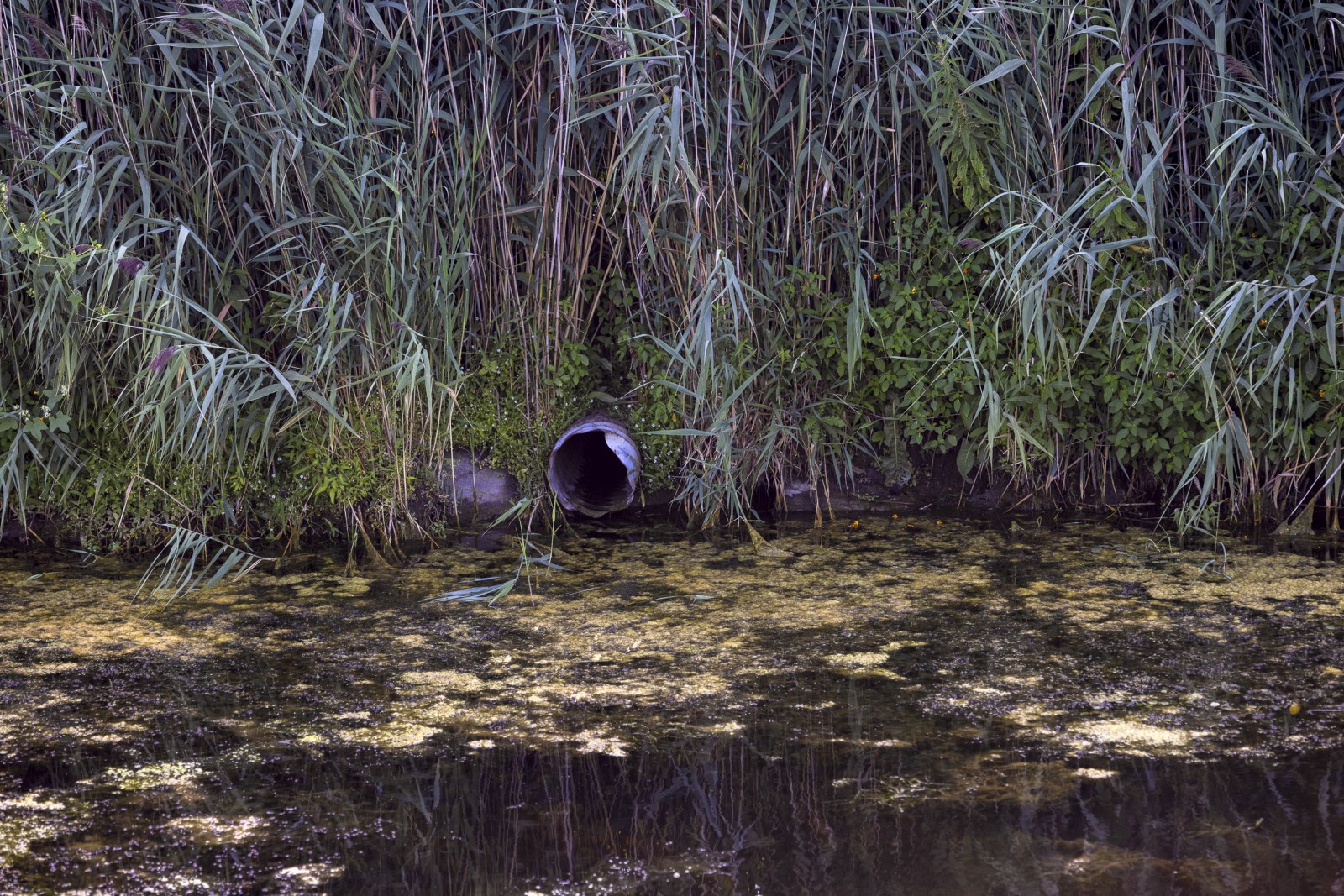
Soluble phosphorus, the form of the metal that feeds cyanobacteria and generate harmful algal blooms, is discharged from farm fields through tile drains that occur across much of the farmland in Michigan and other Great Lakes states. Photo © J. Carl Ganter/ Circle of Blue
Phosphorus Escapes Through Tile Drains
Arguably, the most salient conclusion that Taylor draws from her work is this: Michigan and Ohio are among the worst places in America to spread liquid manure.
Beneath many farms lies a subsurface agricultural drainage network of perforated pipe, called tiles, that has been installed over the last 140 years. Michigan farmers and drain authorities spent an estimated $5 billion to tile 38 percent of the state’s 9.6 million acres of farmland, almost all of it lying on the state’s eastern side from Saginaw Bay to the Ohio border, according to federal and state figures. Ohio spent even more to tile 49 percent of its 14 million farm acres. Michigan and Ohio lie in the heaviest concentration of tiled farmland in the country. Farmers in both states add more miles of tile every year, according to the U.S. Department of Agriculture.
Though initially intended to dry and convert wet ground to productive farmland, the tile network also has proven to be an unintended and singularly decisive impediment to solving harmful blooms in the Great Lakes states. It’s a matter of drainage, chemistry, and engineering.
First the drainage. Crop farmers and livestock operations heavily fertilize their ground. About half of the 1.3 million-acre Lake Erie watershed in Michigan is drained by the River Raisin. Most of the other half is drained by Bean Creek and St. Joseph River, which flow into the Maumee River, which itself flows across northwest Ohio. Michigan’s portion of the western Lake Erie basin is responsible for roughly 249 metric tons of phosphorus every year, most of it discharged from farm fields. The soluble portion of phosphorus, which generates the harmful blooms, drains into subsurface tiles that carry it into ditches, then streams and rivers, and out to Lake Erie.
Second, the chemistry. Growing plants take up only 15 to 30 percent of the phosphorus applied in commercial fertilizer and in liquid manure. The rest accumulates in soil. The excess not absorbed by plants or soil converts to dissolved reactive phosphorus. About a third of the total phosphorus that drains into Lake Erie is dissolved reactive phosphorus. That is the form of phosphorus that is “bioavailable,” meaning cyanobacteria gobble it up like kids feasting on cookies. Cyanobacteria, in turn, multiply to form blue-green algal blooms that generate dangerous toxins more poisonous than strychnine. Exposure to the toxins at barely detectable levels are known to cause serious digestive disorders like vomiting and diarrhea. Recent studies indicate that long-term exposures are potential causes of liver failure and some cancers.
Now, the engineering. Tiled fields drain anything liquid that falls on the surface into ditches and streams. “Liquid manure behaves like water,” said Taylor. “There’s no way to stop it from reaching tiles.”
Nutrient Reduction Programs Are Not Working
Government agencies, nevertheless, are trying. Since 2020, a bit more than $50 million has been spent each year – over $400 million between 2010 and 2020 — on nutrient reduction, watershed management, and farmland conservation projects in Michigan, 10 percent of it in the six southeast counties, according to state and federal figures. Much of the spending is directed at BMPs or “best management practices.” They include planting cover crops, planting nutrient-absorbing strips of grass along fields and ditches, leaving fields unplanted, and not subjecting fields to the plow before planting, a technique known as “no-till” agriculture. Government pays all or a share of the cost of implementing the practices.
But the record of effectiveness in Michigan, Ohio, and the other Great Lakes states is weak, at best. ECCSCM’s water samples show there has been no reduction in concentrations of dissolved reactive phosphorus draining from farm fields. Taylor’s sampling results very plainly show that even after years of applying BMPs in Lenawee County, its streams are polluted by persistently high concentrations of dissolved phosphorus.
Data from other western Lake Erie monitoring networks managed by Heidelberg University and the U.S. Geological Survey show the same results. A report published in March 2022 by the Michigan Department of Environment, Great Lakes, and Energy concluded that BMPs in the River Raisin showed “little to no progress” in reducing nutrient flows to Lake Erie.
Even if BMPs worked, data shared by the federal government and the states show not nearly enough farmers participate. In 2021, USDA spending on conservation reached 29 of Lenawee County’s 1,300 farms. The programs were applied to less than 15,000 of the county’s 386,000 acres of farmland, according to federal figures.
Just 7 percent of the state’s 47,500 farms participate in the Michigan Agriculture Environmental Assurance Program, which is promoted as one of the best state farm conservation projects in the country. The program served 138 farms in Lenawee County.
In addition, nutrient-reduction budgets are too small. The potential cost of just halting algal blooms in the Lower Fox River basin in Wisconsin, for comparison, is over $500 million over 20 years, according to the Alliance for the Great Lakes, an advocacy group.
That figure is consistent with the price tag for clearing American waters of contamination. Congress spent roughly $200 billion in inflation-adjusted dollars in the 1970s and early 1980s to build and upgrade wastewater treatment plants to halt the flow of sewage fouling lakes and rivers.
“We need to direct spending to take action,” Taylor said. “You need your money to change the system.”
While an unpopular view in mainstream agriculture, Taylor’s assessment is consistent with conclusions reached by a growing number of prominent soil and water scientists. One of them is Deanna Osmond, a crop and soil scientist at North Carolina State University. A year ago, during the annual meeting of researchers studying Lake Erie’s harmful algal blooms, Osmond reported that the most popular best management practices thought to curb runoff actually increased nutrient concentrations that cause harmful blooms.
For instance, buffer strips planted on field edges increased the amount of soluble phosphorus draining into ditches and streams. The same thing occurred with planting cover crops. “Conservation practices have potential tradeoffs,” Osmond said. “We have to acknowledge these tradeoffs.”
There are ready answers to why this is happening. The conservation techniques favored by the federal and state governments, and by the agricultural universities that helped develop them, are designed to slow soil erosion and improve soil health. The practices, though, have scant effect on dissolved reactive phosphorus, the form contained in liquid manure that feeds cyanobacteria blooms.
Second, farm fields contain legacy phosphorus that accumulated after decades of applying commercial fertilizer and livestock manure. The intense climate change storms now occurring in Michigan, Ohio, and other Great Lakes states strip the saturated soils and direct dissolved phosphorus immediately into tile networks.
“No till. Cover crops. Buffer strips. They work for soil health and will reduce particulate phosphorus transport,” said Chad Penn, a research soil chemist with the U.S. Department of Agriculture. “They are not a solution for dissolved phosphorus.”
And third, more CAFOs are spreading more liquid manure. A study by the Environmental Law and Policy Center in Chicago and the Washington, D.C.-based Environmental Working Group identified 775 CAFOs in the western Lake Erie basin in 2018, 230 more than in 2005. The growth has been exponential. In the 1990s, less than 100 big animal farms operated in the entire western Lake Erie basin.
The study found that CAFOs spread 5.5 million tons of manure on farmland in 2018, 1.6 million more tons than in 2005.
Taylor’s data is consistent. The 14 CAFOs in Lenawee and Hillsdale counties spread 221.4 million gallons of liquid manure and nearly 100,000 tons of solid manure on 14,650 acres of farmland in 2020, according to the most recent manure management reports filed with the Department of Environment, Great Lakes, and Energy. That’s a sizable increase from 2015, when the two counties’ CAFOs spread 170 million gallons and almost 93,000 tons on nearly the same number of acres.
In addition, CAFO operators are allowed to sell, give away, and spread manure on fields they don’t farm and are not in their “operational control.” Operators are required to “manifest” or document the quantity and location where waste is spread. In 2020, according to state figures, 85.3 million more gallons of liquid waste and 50,000 more tons of solid waste were manifested in the two counties. The total number of acres and location of manifested waste is not known. EGLE has not compiled records for manifested waste for 2015.
Stream of Federal and State Funds
The largest source of funding for dealing with agricultural runoff, or what the government calls nonpoint pollution, is the U.S. Department of Agriculture. The department last year spent over $5.5 billion nationwide for conservation. In this game, Michigan is a small player, garnering just more than $50 million. Almost $1 million was spent in Lenawee County, and $3.5 million in the five other southeast Michigan counties.
The 1972 Clean Water Act immunizes crop farmers from government regulations to control agricultural runoff. And the law’s regulatory program puts large livestock farms in a special class of polluters. There is no requirement that they treat their liquid wastes before spreading them on fields.
USDA conservation spending is meant to encourage all farmers to voluntarily control runoff by paying all or a portion of the cost of BMPs. The largest account in the USDA’s conservation portfolio is the Environmental Quality Incentives Program, with a $1.9 billion budget in 2021. The climate bill signed in August adds $8.45 billion to the program.
EQIP currently directs half of its annual spending to aid CAFOs. USDA reimburses CAFO operators for expenses. A study made public in April by the Institute for Agriculture and Trade Policy, a research group in Minneapolis, found that EQIP spending is having the effect of perpetuating algal blooms. The study identified 10 CAFO manure management practices supported by EQIP — among them installing tiling and drains, expanding manure lagoons, and installing manure transfer equipment — that have the effect of increasing runoff and phosphorus pollution.
Michigan received nearly $25.5 million from EQIP in 2020, and $4.1 million for the 10 industrial practices. EQIP spending in Ohio was $33.5 million in 2020 and $5.1 million for the industrial practices.
“EQIP pays for agricultural practices that are not environmentally beneficial,” wrote Michael Happ the report’s author, “or in some cases actively make the environment worse.”
Another source of federal spending to deal with nonpoint pollution is the Great Lakes Restoration Initiative, an account administered through the U.S. Environmental Protection Agency. Since it launched in 2010 GLRI has paid for 55 projects in Michigan to deal with farm runoff at a cost of $30 million. About a third of the money has been spent to try and curb runoff from farm fields in the Saginaw Bay watershed.
Nonpoint reduction projects around Lake Macatawa, which drains into Lake Michigan in Holland, also have attracted a sizable share of the GLRI funds. Harmful blooms in Saginaw Bay and Lake Macatawa continue to be an annual occurrence.
In Michigan, the state Department of Environment, Great Lakes, and Energy annually spends $4.5 million to control farmland runoff and other non-point pollution. The source of half the spending is the U.S. Environmental Protection Agency. The other half is generated from an environmental bond that state voters approved in 1998.
Since the nonpoint program started in 1987, and at the direction of Congress and the EPA, the state agency has awarded $110 million in grants to communities and nonprofit groups. The money has paid for 145 watershed management plans, including one for the River Raisin watershed in southeast Michigan. Hundreds more grants have been approved to achieve goals set out by the watershed plans, among them repairing eroding stream banks, restoring wetlands, installing sediment-capturing basins in cities, and taking other measures to improve water quality.
The agency counts 45 projects as “success stories.” They include 18 to fix eroding culverts and restore stream banks. Just six successes were projects that specifically address nonpoint pollution caused by agriculture. In each, the agency paid for fencing to keep livestock out of streams.
Neither the River Raisin project nor any of the other watershed projects intended to reduce agricultural runoff and phosphorus are proving to be effective. So far, according to Robert Day, who supervised EGLE’s nonpoint program until he retired last spring. “These watersheds have been getting excess phosphorus loaded to them for a long time,” Day said. “They’re built up in sediments.
“You’ve got to start someplace. It’s like that old cliché. ‘The best time to plant a tree is 20 years ago. The second best time is today.’ You’ve got to take the long view. You’re talking decades before you’re going to see actual improvements in some of these places.”
Michigan and Ohio operate other state-funded runoff reduction programs that are intended to deal with phosphorus and nonpoint pollution. In 2019, Ohio launched H2Ohio, a $172 million multi-year project to bring algal blooms under control by encouraging farmers to adopt voluntary pollution reduction management practices on 1.6 million acres, increase the size of absorbent wetlands, fix failing septic systems, and expand water monitoring.
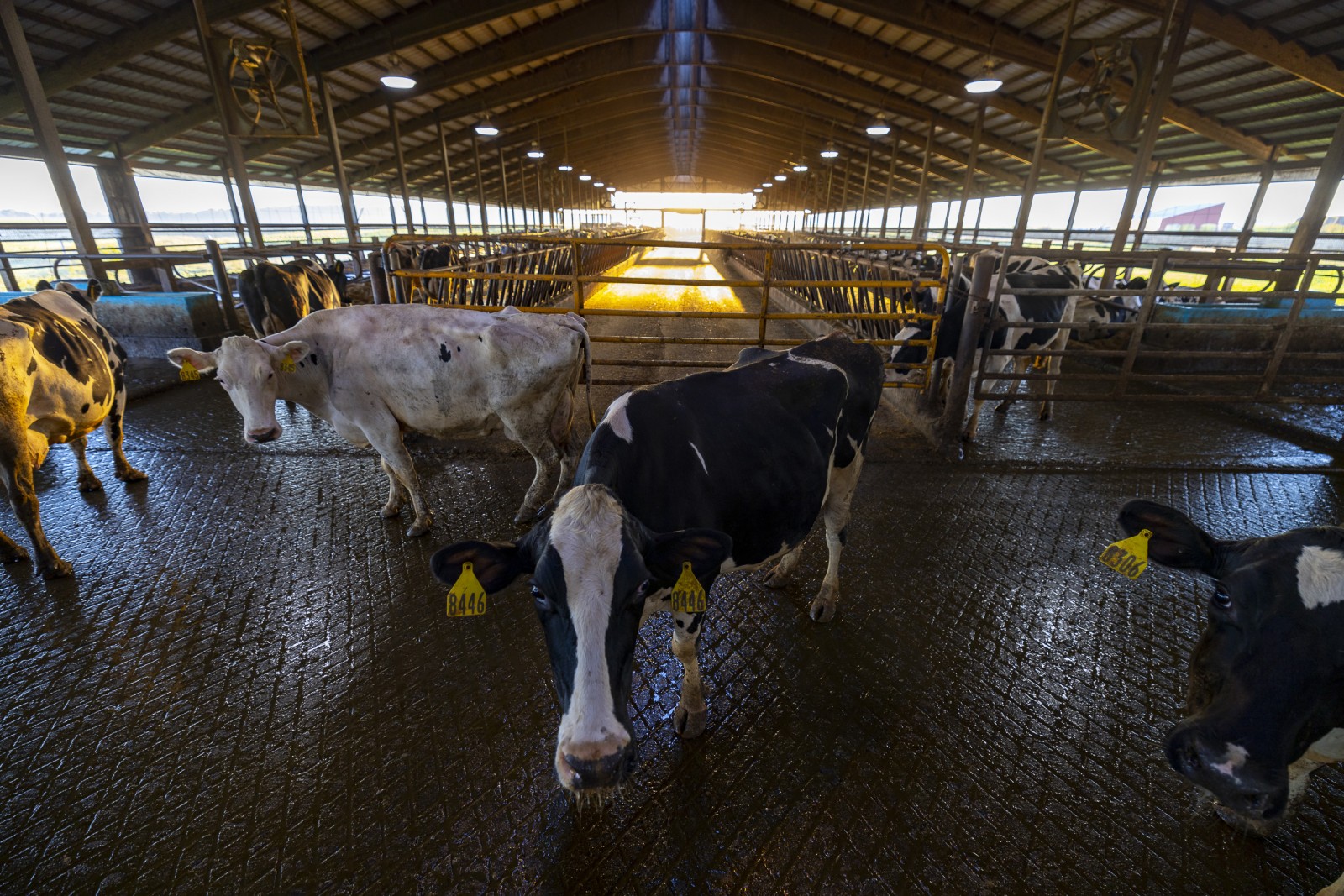
In Lenawee County, the number of dairy cows has increased steadily since 1980 while the number of farms has decreased. Photo © J. Carl Ganter/ Circle of Blue
This project was made possible by the Fred A. and Barbara M. Erb Family Foundation, and the Joyce Foundation.
Project credits:
Krystina Hird served as a researcher for this project. Hird is a PhD candidate in the Biochemistry and Molecular Biology program at MSU. Her research project focuses on understanding the mechanism of reducing nitrite to ammonium via bacterial cytochrome c nitrite reductase.
Dr. Laura T. Johnson, director of the National Center for Water Quality Research at Heidelberg University, served as a science advisor for this project.
Read the full series here
 https://www.circleofblue.org/wp-content/uploads/2022/09/2022-08-19-Michigan-Thumb-JGanter-4852-Edit-2500.jpg
1067
1600
Keith Schneider
https://www.circleofblue.org/wp-content/uploads/2018/06/Circle-of-Blue-Water-Speaks-600x139.png
Keith Schneider2022-09-08 07:33:592023-02-02 15:08:49Danger Looms Where Toxic Algae Blooms
https://www.circleofblue.org/wp-content/uploads/2022/09/2022-08-19-Michigan-Thumb-JGanter-4852-Edit-2500.jpg
1067
1600
Keith Schneider
https://www.circleofblue.org/wp-content/uploads/2018/06/Circle-of-Blue-Water-Speaks-600x139.png
Keith Schneider2022-09-08 07:33:592023-02-02 15:08:49Danger Looms Where Toxic Algae Blooms
Farms in Six Southeast Michigan Counties Are Major Sources of Lake Erie Toxic Blooms
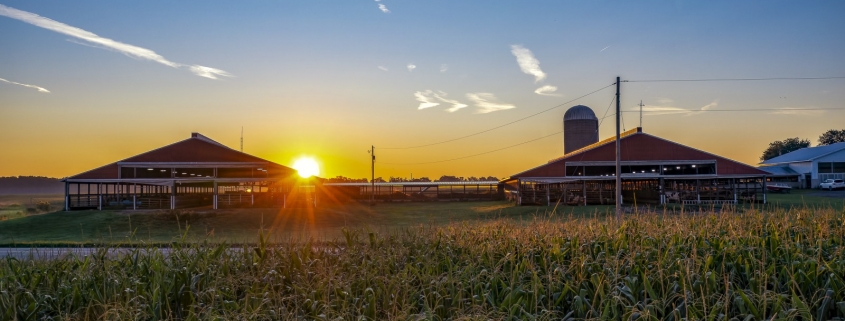
In A Year of Water Quality Reckoning, National Imperative is Impeded
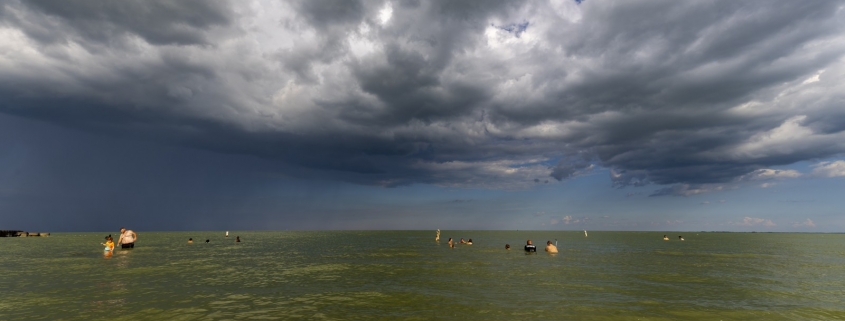
Lake Erie’s Failed Algae Strategy Hurts Poor Communities the Most
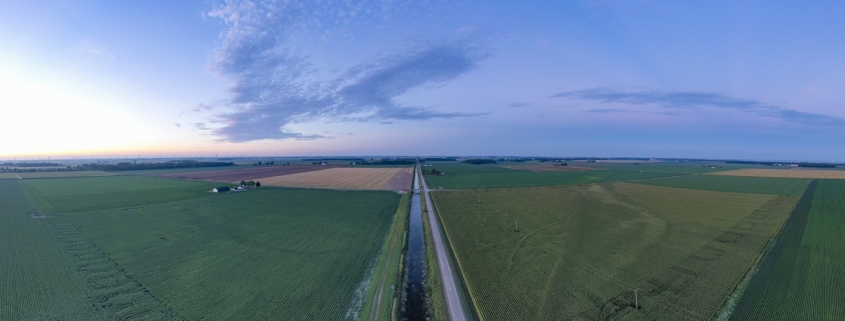
Powerful Industry’s Torrent of Manure Overwhelms State Regulators
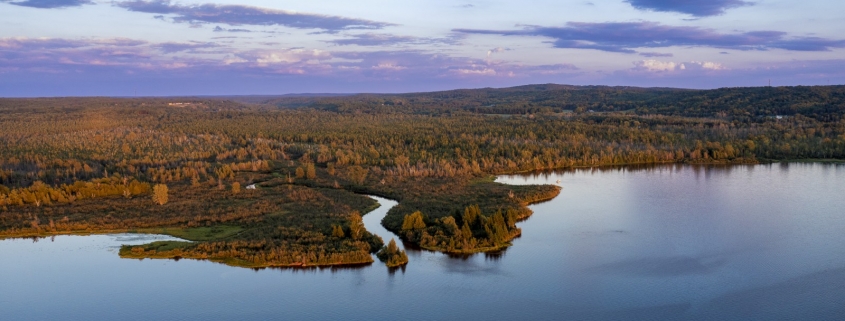
Remedies for Harmful Algal Blooms Are Available in Law and Practice
A new documentary explores the issue and helps residents of the region understand what’s a stake and what possible solutions could be.
Circle of Blue’s senior editor and chief correspondent based in Traverse City, Michigan. He has reported on the contest for energy, food, and water in the era of climate change from six continents. Contact
Keith Schneider
Related
© 2025 Circle of Blue – all rights reserved
Terms of Service | Privacy Policy


